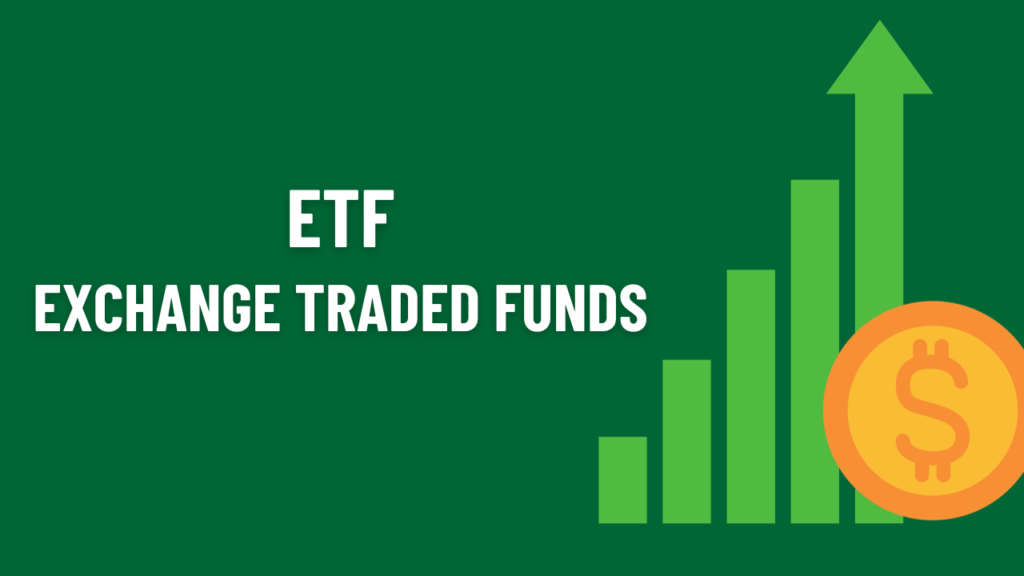Introduction
Exchange-Traded Funds (ETFs) have become increasingly popular investment vehicles, offering investors a convenient way to diversify their portfolios and gain exposure to a wide range of assets. In this comprehensive guide, we’ll delve into the intricacies of ETFs, exploring what they are, how they work, their advantages and disadvantages, and their role in the modern investment landscape.

Also Read: Exchange Traded Funds
Structure and Creation/Redemption Process
Creation Units: ETFs are created and redeemed in large blocks of shares known as creation units. Authorized Participants (APs), typically large financial institutions, can create or redeem these units directly with the its issuer. The creation process involves exchanging a basket of assets for its shares, while redemption requires the opposite – exchanging ETF shares for the underlying assets.
Arbitrage Mechanism: The ability to create and redeem shares in-kind allows it prices to stay closely aligned with the Net Asset Value (NAV) of the underlying assets. APs engage in arbitrage, taking advantage of any divergence between the ETF’s market price and its NAV.
Know More About:
Types of ETFs
- Equity: These track a specific stock market index, representing a basket of individual stocks. Examples include the SPDR S&P 500 ETF, which mirrors the performance of the S&P 500.
- Bond: These invest in a diversified portfolio of bonds, providing exposure to fixed-income securities.
- Commodity: These track the performance of commodities like gold, silver, or oil. Investors gain exposure to the commodity without physically owning it.
- Sector ETFs: Focused on specific sectors like technology, healthcare, or energy, allowing investors to target industries of interest.
- International : Provide exposure to foreign markets, allowing investors to diversify globally.
Advantages
- Diversification: It offers instant diversification by holding a variety of assets, reducing the risk associated with individual stocks or bonds.
- Liquidity: It can be bought and sold on stock exchanges throughout the trading day, providing liquidity and flexibility.
- Cost Efficiency: ETFs often have lower expense ratios compared to actively managed mutual funds, making them cost-effective for investors.
- Transparency: ETFs disclose their holdings daily, enabling investors to see the exact composition of the fund.
Disadvantages
- Brokerage Commissions: While ETFs themselves may have low expense ratios, investors may incur brokerage commissions when buying or selling shares.
- Tracking Error: Some ETFs may not perfectly track their underlying index, leading to a tracking error.
- Market Price vs. NAV: The market price of an ETF can deviate from its NAV, introducing a potential source of risk.
- Complexity: Certain specialized or leveraged ETFs can be complex and may not be suitable for all investors.
Conclusion
Exchange-Traded Funds have become a cornerstone of modern investment portfolios, offering a flexible, cost-effective, and diversified approach to investing. Understanding the mechanics, types, and advantages and disadvantages of ETFs is crucial for investors looking to leverage these instruments effectively. As with any investment, thorough research and consideration of individual financial goals are essential before incorporating ETFs into a portfolio.
Also Read: Mastering Systematic Investment Plans(SIP): A Practical Guide for Investors.
